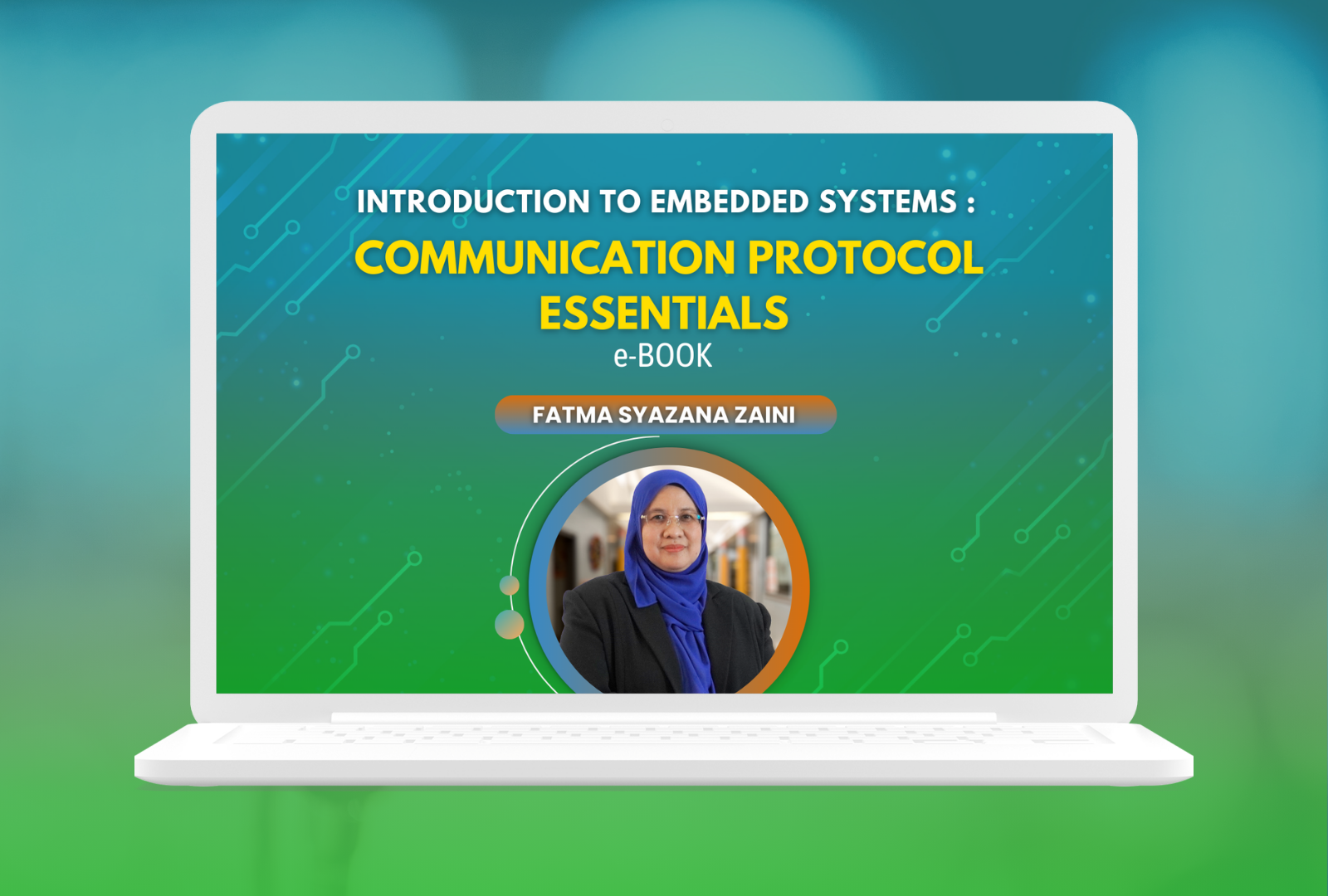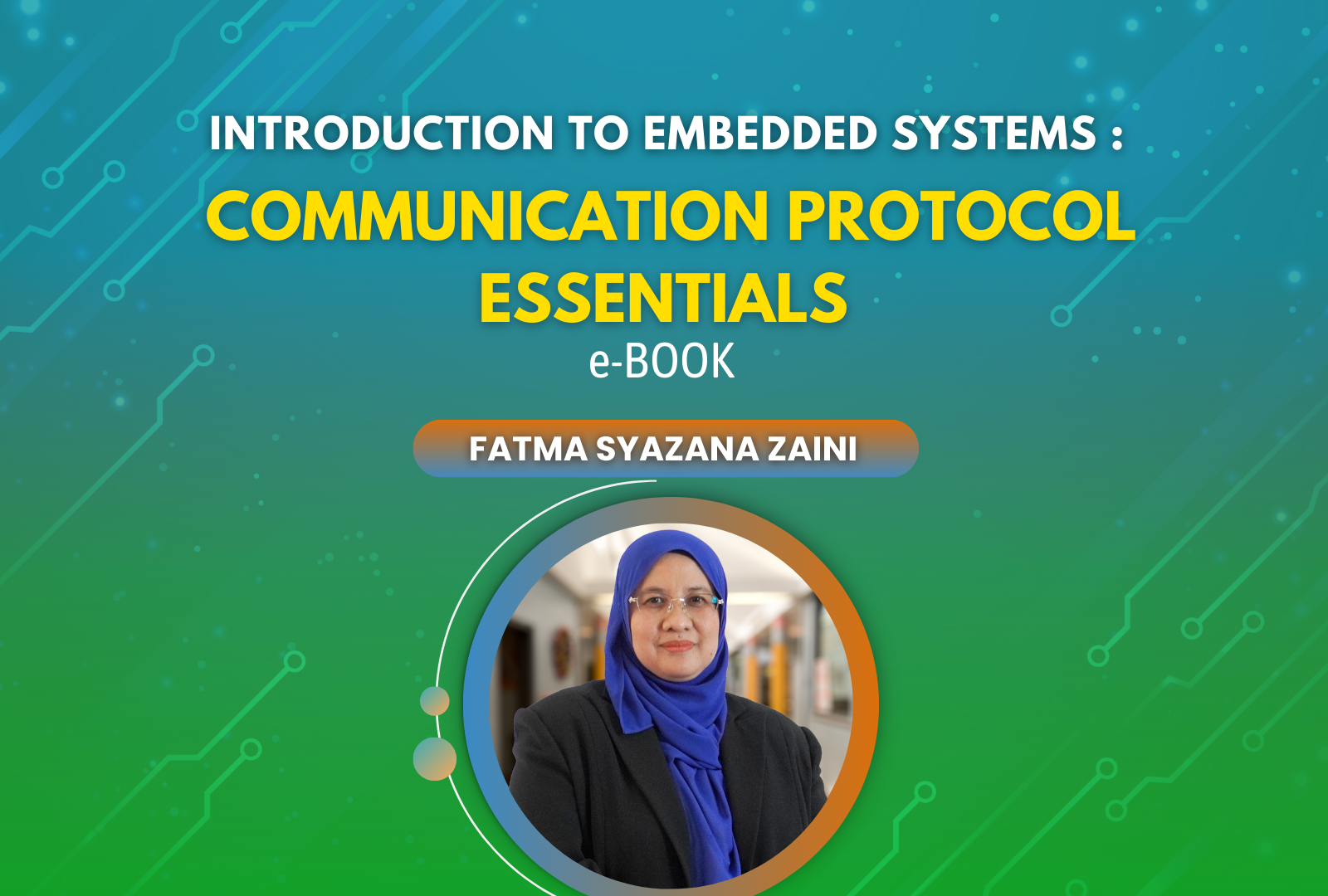
Embedded Systems Communication: Communication Protocol Essentials
About This Course
Course Description: Embedded Systems Communication: Communication Protocol Essentials
In today's rapidly evolving world of technology, embedded systems are at the heart of countless devices that power our everyday lives. This course is designed for diploma students in electronics engineering or related fields, focusing on the essential communication protocols used in embedded systems.
Throughout the course, students will explore the fundamental communication methods that enable embedded devices to interact with each other and their environments. Key protocols such as UART, I2C, SPI, and RS232/RS485 will be covered in detail, providing students with both theoretical knowledge and practical skills. By the end of the course, students will have a clear understanding of how these protocols work, when to use them, and how to implement them in real-world applications.
Students will engage with hands-on projects, interactive simulations, and practical exercises that enable them to configure, troubleshoot, and integrate communication protocols in embedded systems. They will also explore the role of these protocols in the Internet of Things (IoT), learning how to connect devices to networks for smarter, more efficient systems.
This course is ideal for students who are keen to develop their skills in embedded systems communication and gain a competitive edge in the field of electronics, IoT, and automation.

Curriculum Overview
This course includes 2 modules, 2 lessons, and 2:00 hours of materials.
In this module, students will be introduced to the fundamentals of data communication, which involves the exchange of data between devices over a communication medium. Key components include the sender, receiver, medium, message, and protocol. Students will explore:
• The distinction between analog and digital data.
• The OSI Model and TCP/IP Model, which guide how data communication occurs in layered structures.
• Data flow types: Simplex (one-way), Half-Duplex (two-way, but not simultaneously), and Full-Duplex (two-way simultaneously).
The module provides foundational knowledge that prepares students for understanding more complex data communication concepts and systems.
By the end of this lesson, students gained an understanding of when and why serial communication is preferred over parallel communication in various real-world applications, especially in embedded systems.

Course Specifications
Send Course as Gift






Reply to Comment